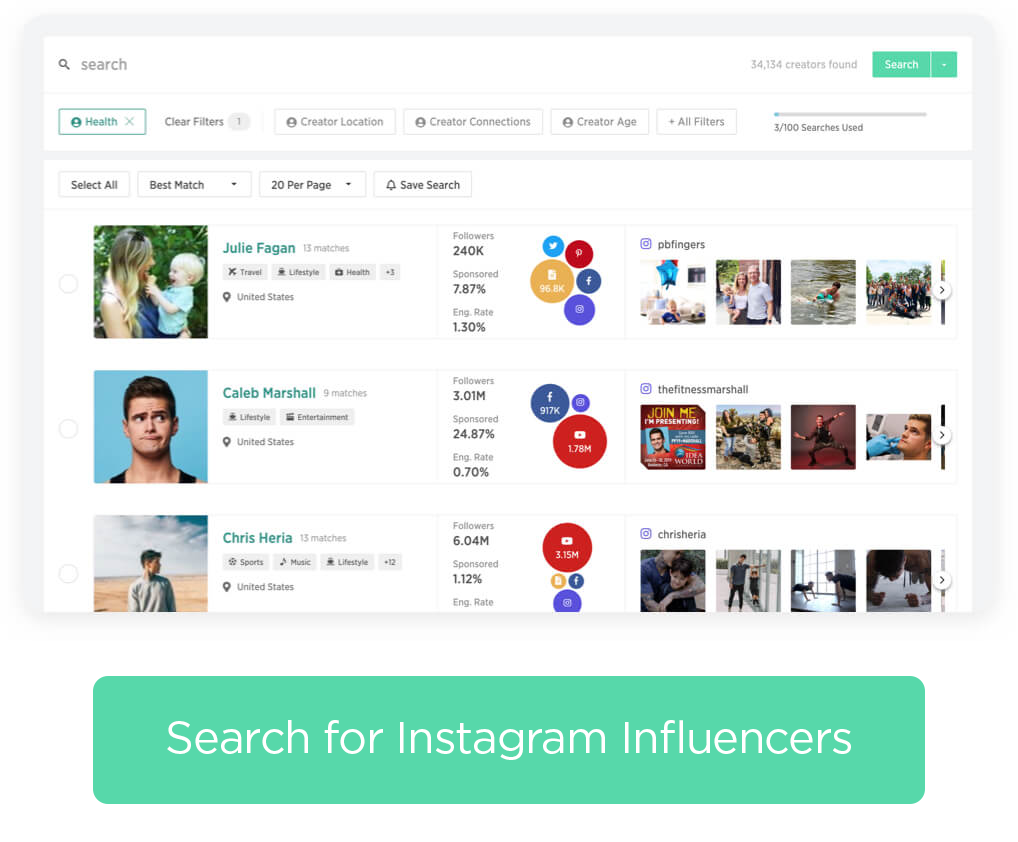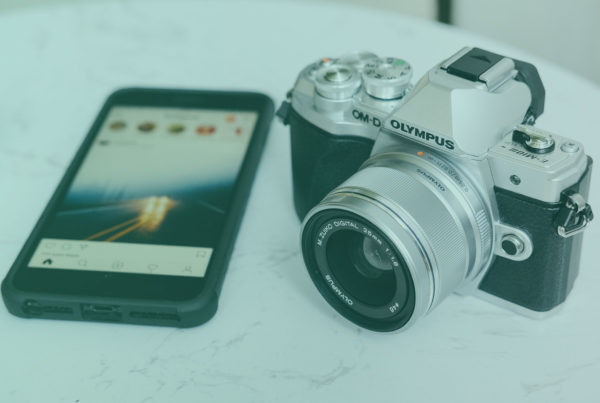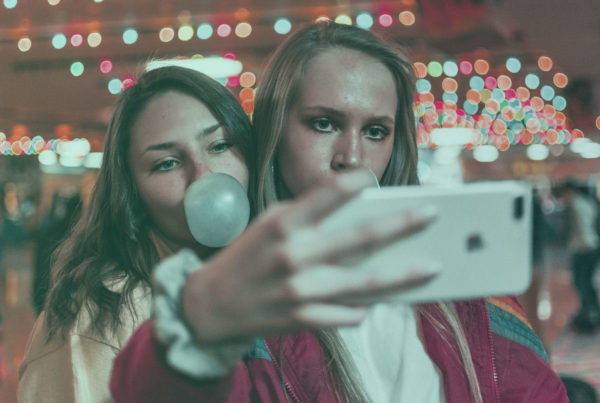Remember learning formulas in math class? You replace the variables with real values, crunch the numbers, and there’s your answer. Unfortunately, there is no universally accepted formula that calculates how much Instagram influencers charge.
Arriving at a dollar amount that’s acceptable to both the influencer and the brand means taking quite a few factors into account — many of them subjective.
It’s important to note that Instagram is one of the most effective platforms for influencer marketing; it leads the pack in terms of engagement rates. Influencer Marketing Hub’s State of Influencer Marketing 2019 Benchmark Report found that Instagram’s engagement rates significantly beat out Twitter’s at all follower levels. Seventy-nine percent of those surveyed said that Instagram is their first-choice platform for influencer partnerships.
Since Instagram is premium real estate for sponsored content, it’s going to cost more than other channels.
But how much does it cost? Here, we’ll give you a starting point for negotiation as well as the important factors that should play a role in arriving at fair compensation.
Instagram Influencer Pricing: Start Here
A fair place to start is $100 per 10k followers per post, according to Digiday. So, if an influencer has 60,000 followers, then begin at $600 per sponsored post. This shouldn’t determine the final price but rather determine the ballpark you’re playing in. There’s a lot more to consider beyond followers.
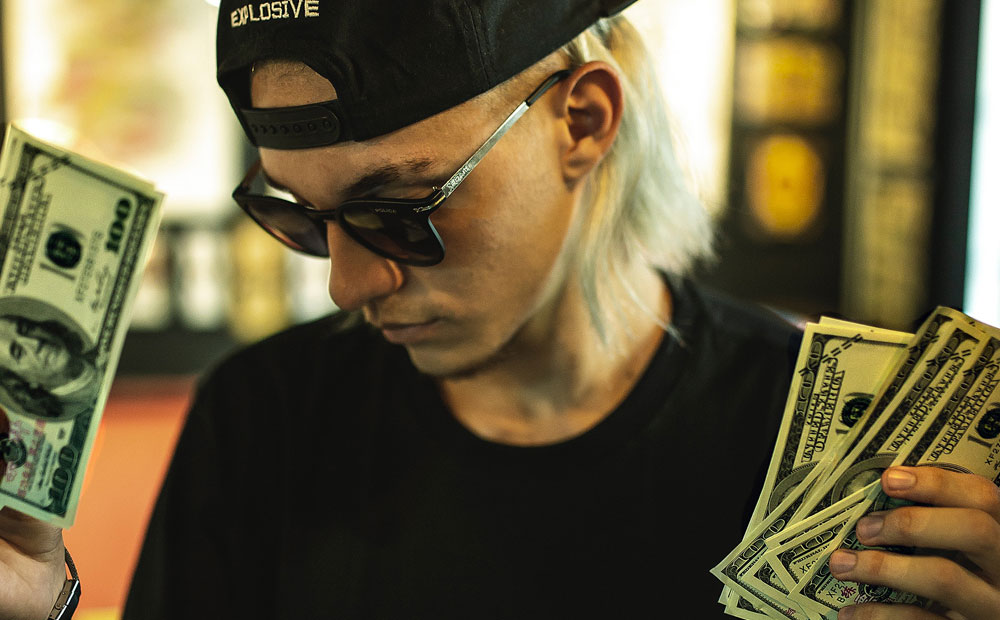
Engagement rate might be even more important to consider beyond the influencer’s reach (number of followers) because a brand is going to get a better response from a highly engaged audience, and smaller audiences tend to have higher engagement. A Neoreach study stated, “the larger the influencer, the lower the ROI,” so a micro-influencer’s small tribe could actually be more valuable than a mega-influencer’s large one.
If you want engagement rather than followers to be your starting point, then Buffer suggests $250 to $750 per 1,000 engagement. Iconosquare’s Instagram Marketing Trends & Benchmarks Report 2019 suggests that companies should look for influencers with at least a 3 percent engagement rate, but you’d want to see a much higher rate for micro-influencers.
The third big variable to consider is production fees — the time and resources it takes the Instagram influencer to create high-quality, original content. Influencers who have the skill set to independently execute a mini-campaign for a brand should get compensated for everything that they invest into creating a polished final product. Some influencers build this into their pricing, while others may choose to charge an hourly rate for their time, plus costs and outsourcing.
The influencer’s base rate should be a combination of followers, engagement, and costs. If you think that’s it, then think again. There are still more variables to add to the equation.
Factors That Affect an Instagram Influencer’s Price
No two Instagram influencer partnerships look exactly alike, so there’s a reason why there’s no standardized pricing. Here are a few more factors that affect how much an Instagram influencer charges.
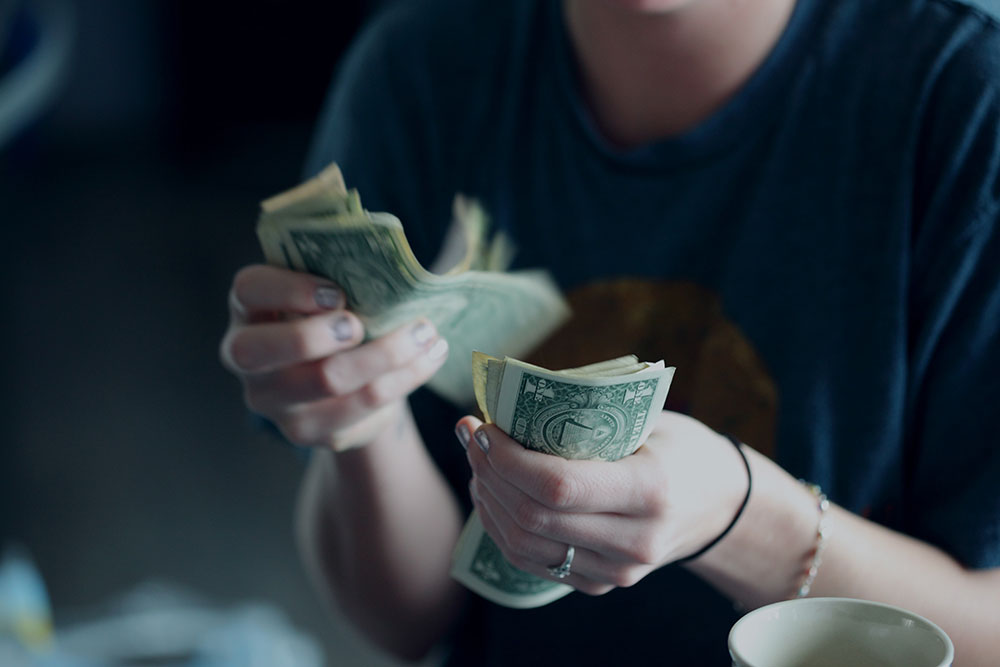
- Campaign Scope: This includes the length of the campaign, the number of posts and the type of posts. The deeper the investment on the influencer’s part, the bigger the overall price tag. However, some influencers offer discounts when companies increase campaign scope, meaning that each piece costs less when the brand agrees to a bigger package. Influencers may add rush fees if they’re working on a tight timeline.
- Brand Alignment: When an influencer shares the same brand environment, vibe, and values as the company, then a partnership with that influencer is worth more to that company.
- Audience Quality: Ideally, the influencer should connect a brand with an active and engaged audience that meets certain demographic requirements to ensure that it’s a market the company truly wants to connect with.
- Content Quality: If the company is seeking visually compelling, well-conceived, and (most importantly) original Instagram posts, then they should expect to pay more than they would for anything less.
- Agency Fees: Many Instagram influencers hire agents to manage their brand partnerships, and that means handling fees. Adding an agency to the mix is more expensive than working with the influencer directly.
- Usage Rights: Who owns the content after it’s created, the influencer or the brand? If the brand wants the rights, then that will likely increase the influencer’s rate.
- Exclusivity Clause Compensation: Many influencer contracts include an exclusivity agreement that prohibits the influencer from working with a direct competitor for a specified period of time. Some influencers charge more when they agree to exclusivity.
What Is It Worth?
This is a great question for influencers and brands to keep in mind: What is it worth?
Influencers must determine how much their time and talent is worth. Creating, say, a recipe that includes a brand’s food item and then shooting a beautiful photo of the dish and writing an authentic description to round out the Instagram post is a lot of work that’s certainly worth more than just free product from the company.
Brands must determine how much they would pay an ad agency, video company, photographer or other industry pro to do what they are asking the influencer to do. How much ROI can the company expect from the influencer partnership on top of the content the influencer brings to the table?
To put value in terms of dollars and cents, Later reports the following average rates:
- $1,000 per Instagram post for mid-influencers with about 100k followers
- $250 per Instagram post for micro-influencers with 10k to 100k followers
Of course, these averages are subject to change as the industry matures and shifts over time.
In certain scenarios, a brand may not be willing to pay the influencer an upfront fee. Instead, the company arranges an affiliate partnership. The influencer advocates for the brand using a unique link and gets a percentage of any sales or conversions (clicks, for example) resulting from that link.
Examples of Non-monetary Compensation
Iconosquare found that 78 percent of brands do not pay influencers for collaborations, according to the company’s Instagram Marketing Trends & Benchmarks Report 2019. About 12 percent offered in-trade rewards of free products, services or discounts.

Influencers aren’t exactly opposed to receiving non-cash compensation. In fact, 54 percent of influencers are willing to partner with a brand that they love in exchange for product or another type of trade, according to Collectively. This is especially true when large corporations reach out to small-but-ambitious influencers on the rise.
Still, free products and services won’t pay the bills, and many experienced influencers won’t create original content for free, although they may allow a company to repost their existing content.
Here are a few ways that businesses compensate influencers sans a cash payout.
- Free (or Discounted) Products and Services: This is a small investment for the company and a small payout for the influencer, but it could be the best arrangement for a small scope of work or to test the waters with a new partnership.
- Exclusive Access: The brand allows the influencer access to the product before it releases to the general public or gives the influencer permission to break news that hasn’t yet released.
- Getaways: Companies will pay for the influencer to go on vacation and either test the product (taking a new car on a road trip, for example) or highlight the product (wearing a brand’s swimsuit on a Caribbean beach). Or they may pay the influencer’s way to company-sponsored events, such as launch parties, to build a relationship with the influencer as a company insider.
Now you have a place to start as you begin to think about payment, whether you’re a company looking to get started with influencer marketing or you’re an influencer who is putting together a pricing package. There is no industry standard when it comes to Instagram influencer fees, but there are plenty of guidelines to help with negotiation.


